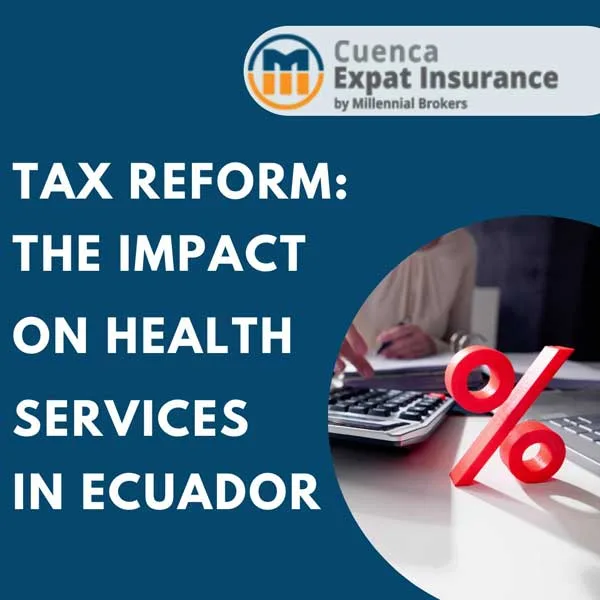Health ministry explains lack of testing, herd immunity, effect of elevation on the virus; Latam increases flights; Parks and reserves reopen
The Ministry of Health defended itself Thursday against charges that the number of Covid-19 tests administered in Ecuador lags behind other South American countries. The ministry says 318,000 tests have been given since the arrival of the pandemic in March, representing a testing rate of about 2 percent of the population. “In Chile, they have tested almost 20 percent of its people and Peru has tested 7 percent,” says National Assemblyman César Rohon. “How can we know where we stand in this fight with such limited information.”

The health ministry says the country cannot afford a wider testing program.
Health Minister Juan Carlos Zevallos says the explanation for the low test number is simple: lack of resources. “The country is suffering an economic as well as a health crisis and we simply don’t have the funds to purchase more tests,” he said. “We have tried to overcome this deficit through a variety of strategies and these have provided excellent data.”
There are other ways to gauge the impact of the virus besides testing, Zevallos says. “We monitor hospitalizations, rate of infections per number of tests and excess number of hospitalizations and deaths over previous years. Because of our limitations, we have to be creative in our approach.”
Zevallos repeated a claim he made earlier in the week that infections are declining, saying the rate is dropping in 22 of Ecuador’s 24 provinces. “We have a long way to go in subduing this, as does the rest of the world. This is a disease that will be with us for a long time, possibly for years,” he said. “It is the consensus of experts that a vaccine will not end the pandemic, as we had hoped earlier, and the World Health Organization correctly states that a vaccine will be only one of several strategies that bring the disease under control.”
Herd immunity through infection may ultimately prove to be the solution, says Zevallos. “With lower expectations for the vaccine we must be honest and concede that direct infection may be the best deterrent. The good news is that recent data shows infection rates as low as 20 to 30 percent provide significant protection to those who are not infected and could help bring an end of the current outbreak.” Nationwide, Zevallos believes that the infection rate is approaching 20 percent of the population, with higher rates on the coast, particularly in Guayas Province. “We have to remember that as many as 50 percent of the cases are asymptomatic,” he adds.
Zevallos concedes that there are many more Covid-19 deaths than the 6,700 officially reported. “We may never know the true count but we can get some idea from looking at the excess death numbers compiled by the Civil Registry.”
He cautions, however, not to assume that excess deaths are all related to the virus. “In our work with hospitals, morgues and doctors, we believe that about 40 percent of excess deaths are due to Covid but the majority are the result of other causes, most notably the reluctance of sick people to seek medical attention when they need it.”
Another positive sign in Ecuador’s outbreak, the health ministry says, is the lower hospitalization and fatality rate in the country’s sierra region. “Two preliminary studies based in the Himalayas suggest that the severity of Covid-19 is reduced at higher altitudes and our experience in Ecuador reflects this,” says ministry consultant Carlos Alfaro. “In Quito, we have recorded more infections than Guayaquil but the death rate is much lower, only 18 percent of Guayaquil’s,” he says. “In Cuenca, Ambato and Riobamba we see a similar result, with a relatively low number of deaths and severe cases.”
Latam adds national and international flights
Latam Airlines announced Thursday that it will resume international flights to several destinations, including Santiago de Chile, Montevideo, New York and Los Angeles. In addition, the airline said it would increase flights within Ecuador by 50 percent to Quito, Cuenca, Guayaquil, Manta and Coca. An airline spokeswoman said that the number of national flights in Peru, Colombia, Chile and Brazil would also increase depending on Covid-19 health restrictions. Ecuador is one of only four countries in South America that currently allows international flights.
National parks and reserves reopen
The Ministry of the Environment has announced the reopening of 13 more national parks and wildlife reserves beginning August 28. These include: Muisne Mangrove Wildlife Refuge, El Morro Mangrove Wildlife Refuge, Arenillas Ecological Reserve, Cayapas Mataje Mangrove Ecological Reserve, Pacoche Wildlife Refuge, Antisana Ecological Reserve, Yacuri National Park, Cotacachi National Park, Podocarpus National Park, El Ángel Mangrove Wildlife Refuge, Río Esmeraldas Estuary, Bajo Copé Marine Reserve and El Pelado Marine Reserve.
Earlier the government reopened other parks and reserves, including Cotopaxi National Park, Galapagos National Park, Cajas National Park, Pululahua Geobotanical Reserve, Cayambe-Coca National Park, Ilinizas Ecological Reserve (Quilotoa lagoon), El Boliche National Recreation Area, Reserve of Chimborazo Fauna Production (Talahua and Cruz del Arenal Yurak Uksha and Carihuairazo Cycling Route) and Llanganates National Park (Salayambo Sector).
On Wednesday, the ministry announced that mountain climbing can resume on four peaks: Cotopaxi, El Altar, Tungurahua and Carihuairazo.


















